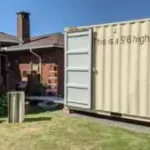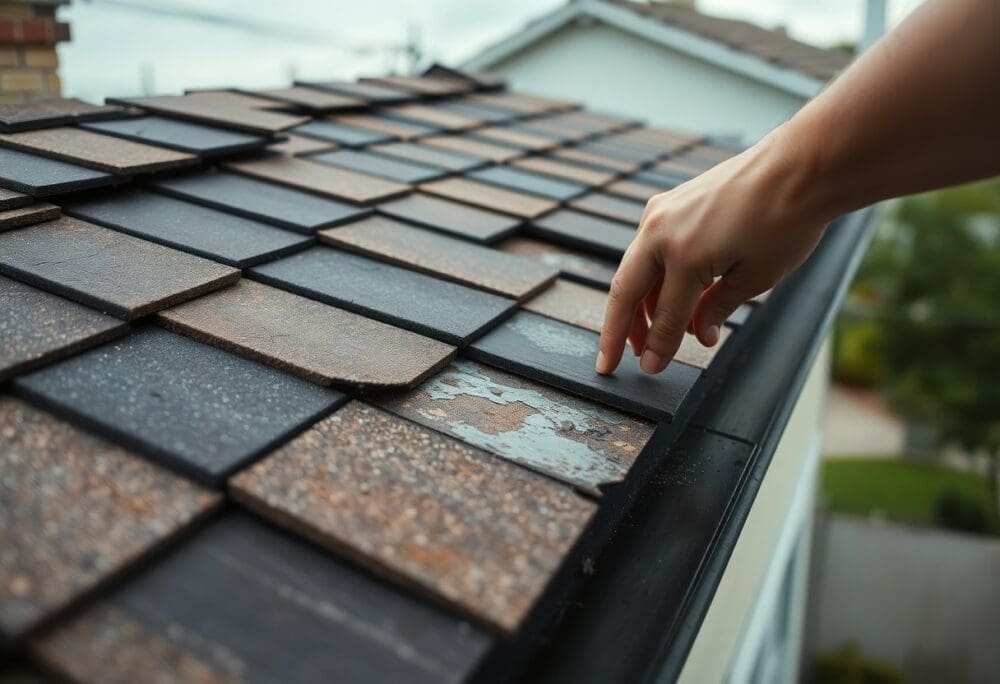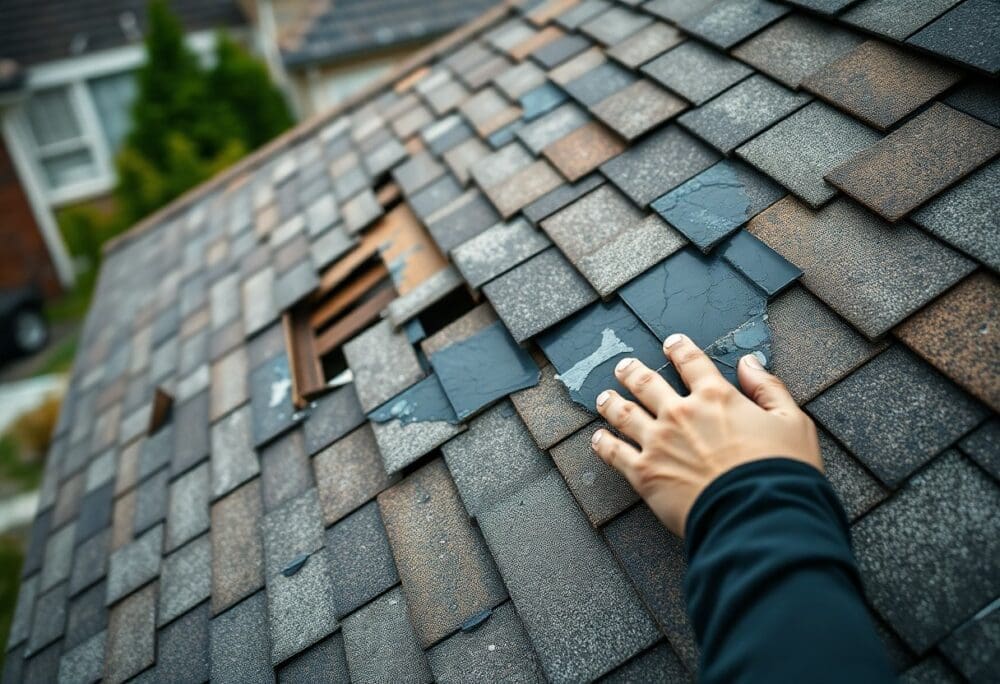This guide will equip you with the skills needed to identify roof damage during your inspection. By understanding the key signs of wear and tear, you can protect your home and maintain its integrity. You’ll learn what to look for, from visible cracks and leaks to signs of weathering that could indicate deeper issues. Armed with this knowledge, you can take early action and ensure your roof remains in optimal condition for years to come.
Key Takeaways:
- Look for signs of water damage, such as stains on ceilings or walls, which may indicate leaks coming from the roof.
- Inspect shingles for missing, cracked, or curling pieces, as these can indicate wear and compromise the roof’s integrity.
- Check for debris buildup in gutters and downspouts, as this can lead to water pooling and increased risk of roof damage.
Understanding Roof Damage
To assess your roof effectively, you must comprehend the potential types of damage it can incur. Various factors can contribute to roof problems, including age, weather, and environmental conditions. By familiarizing yourself with these issues, you can identify damage early and take the necessary steps to maintain your roof’s integrity.
Common Types of Roof Damage
To help you recognize the most frequent roof issues, consider the following list:
- Missing or damaged shingles
- Leaks and water stains
- Granule loss
- Algae and moss growth
- Blistering or cracking
The awareness of these common types ensures that you can act swiftly and decisively.
| Type of Damage | Description |
| Missing Shingles | Shingles can be blown off or deteriorate over time. |
| Leaks | Water can seep through aged or damaged areas. |
| Granule Loss | Sandy particles on shingles can wash away, exposed to sun. |
| Moss Growth | Moist areas can harbor moss, trapping water. |
| Blistering | Heat can cause the membrane to bubble and crack. |
Signs of Roof Damage to Look For
Roof inspections should include several indicators of damage that can hint at underlying issues. Signs like sagging areas, visible sheathing, or daylight peeking through your roof are serious red flags that warrant further investigation.
Damage can manifest in various ways, and keeping an eye out for common warning signs will help you stay ahead of potential issues. Noticing things like water stains on ceilings, peeling paint, or excessive granules in gutters can indicate roof problems. By documenting these signs, you position yourself to take action promptly and prevent more extensive damage from occurring.
How to Conduct a Roof Inspection
Even the most experienced homeowners can overlook important details during a roof inspection. To effectively identify potential damage, it’s important to know how to conduct a thorough examination. Start from the inside of your home, checking ceilings for stains and discoloration which can indicate leaks. Progress to the roof’s surface, where you’ll assess the shingles, flashing, and gutters for signs of wear and tear. Finally, ensure you document your findings to help you plan your next steps.
Tools You’ll Need
Any proper roof inspection requires specific tools to ensure thoroughness. Equip yourself with a sturdy ladder, a flashlight for inspecting dark areas, and safety gear such as gloves and non-slip shoes. A notepad for documentation and a camera for taking pictures can also be invaluable for tracking issues over time.
Step-by-Step Inspection Process
For an effective roof inspection, follow this structured process to ensure you cover all aspects. Here’s a concise breakdown of what to do:
| Step | Description |
|---|---|
| 1 | Inspect the interiors for water stains or leaks. |
| 2 | Check for loose or damaged shingles from the ground. |
| 3 | Ascend the ladder and examine the roof surface directly. |
| 4 | Inspect gutters and downspouts for debris and clogs. |
| 5 | Look for damage around vents, chimneys, and flashing. |
Process your findings consistently to determine any areas needing attention. As you go through each step, take detailed notes about any damage or wear that you find. By evaluating the interior and exterior comprehensively, you can develop a clear picture of your roof’s health, addressing minor issues before they escalate into major repairs.
Factors That Influence Roof Damage
After identifying roof damage, it’s important to consider the various factors that influence its severity and frequency. These include:
- Weather patterns
- Roof materials
- Environmental surroundings
- Maintenance history
- Age of the roof
Knowing these factors can help you better understand the condition of your roof and address any concerns more effectively.
Weather Conditions
Some of the most significant threats to your roof arise from extreme weather conditions. Heavy rain, snow, strong winds, and hail can all contribute to wear and tear, making your roof more susceptible to damage over time.
Age of the Roof
An older roof typically presents more challenges than a newer one. As materials degrade and wear down, the likelihood of leaks and structural issues increases, requiring close monitoring.
This aging process can also significantly impact the overall performance of your roof. While many roofing materials are designed to last, deterioration can accelerate due to exposure to environmental elements and lack of proper maintenance. Regular inspections are vital to identify early signs of damage, allowing you to address them proactively before they escalate into more significant issues.
Tips for Spotting Roof Damage
Your roof is your home’s first line of defense against the elements, so recognizing signs of damage early can save you money and trouble. Here are tips to help you spot potential issues:
- Look for missing or cracked shingles.
- Check for stains or streaks on the ceiling inside your home.
- Inspect flashing around vents and chimneys for rust or deterioration.
- Examine gutters for shingle granules or debris.
- Observe sagging areas or uneven roof surfaces.
Knowing these signs can empower you to take action before the damage worsens.
Visual Inspection Techniques
For effective roof damage detection, use binoculars to safely scan your roof from the ground. Pay close attention to the condition of shingles, seams, and any visible wear and tear. Using a plastic or rubberized rake, you can gently lift overhanging tree branches to get a better view. Take photographs of any potential damage, as this can help when consulting with professionals later on.
When to Seek Professional Help
Clearly, not all roof inspections can be performed safely by the homeowner. If you notice significant damage or if the roof surface is steep or difficult to access, it’s best to call a professional. Additionally, if your inspection uncovers signs of structural problems, proper assessment and repairs are crucial.
The expertise of a roofing professional is invaluable when it comes to serious damage assessments. They can provide a knowledgeable inspection using specialized tools and techniques that ensure every aspect is covered. This extra level of scrutiny will help identify underlying issues you might have missed. Investing in professional help can ultimately save you from more extensive repairs down the line. Trust in a qualified contractor to guide you through the repairs necessary to maintain the integrity of your roof.
Preventative Measures for Roof Maintenance
Many homeowners underestimate the importance of regular roof maintenance, which can significantly extend the life of your roofing system. By implementing a schedule of preventative measures, including inspections and prompt repairs, you can protect your investment and enhance your home’s overall value.
Regular Inspections
On a routine basis, you should conduct roof inspections to identify any potential issues before they escalate. This proactive approach allows you to catch problems early, ensuring that your roof remains in optimal condition and minimizing repair costs in the long run.
Addressing Minor Issues Promptly
For best results, you should address minor roof problems as soon as you notice them. Ignoring small leaks or damaged shingles can lead to larger, more expensive repairs down the line.
Maintenance tasks like promptly sealing small leaks, replacing a few missing shingles, or cleaning out gutters can save you significant time and money. By being attentive to these minor issues, you create a more resilient roof that can withstand the elements and prevent costly damage in the future.
Seasonal Considerations for Roof Care
All seasons bring different challenges and opportunities for maintaining your roof. It is vital to be aware of these seasonal changes and adapt your inspection and maintenance routine accordingly. By doing so, you can extend the lifespan of your roof and avoid costly repairs in the future. Understanding how weather conditions impact your roof can help you effectively protect your investment throughout the year.
Preparing for Winter
One of the most important aspects of roof care is preparing for winter. Before cold temperatures and heavy snowfall set in, inspect your roof for any existing damage. Ensure gutters are clear of debris to prevent ice dams, which can cause leaks and further damage. Additionally, consider adding insulation to your attic to prevent heat loss that can damage your roof.
Spring and Summer Maintenance
For spring and summer maintenance, it is vital to inspect your roof after winter’s wear and tear. Look for lifted shingles, debris accumulation, or any signs of mold growth. These seasons are ideal for cleaning gutters and checking for proper drainage to prevent water damage during rainstorms.
For instance, conducting a thorough inspection after the winter months can help you identify potential issues before they escalate. This includes checking for loose shingles, exposed nails, or any signs of water penetration. Performing routine maintenance during the spring and summer, such as cleaning gutters and trimming overhanging branches, keeps your roof in excellent condition, enabling it to withstand harsher weather when fall arrives. By being proactive in your maintenance, you can enhance your roof’s resilience and longevity.
Conclusion
Summing up, conducting a thorough roof inspection is crucial for identifying damage that could affect your home’s integrity. You should look for missing shingles, water stains, and signs of wear around flashing and vents. Regular maintenance and early detection of issues can save you from costly repairs later. By staying vigilant and proactive, you can protect your investment and ensure the longevity of your roof.
Q: What are the signs of roof damage I should look for during my inspection?
A: During your roof inspection, be on the lookout for several indicators of damage. Check for missing or broken shingles, as they can expose the underlying layers to moisture. Look for any signs of sagging, as this could indicate structural issues. Additionally, inspect the flashing around chimneys and vents. Rust or gaps in the flashing can lead to leaks. Finally, assess the gutters for shingle granules, which may be a sign of aging shingles.
Q: How can I identify leaks or water damage on my roof?
A: To spot leaks or water damage during your roof inspection, start by examining the interior of your home. Look for water stains on ceilings or walls, which can indicate that water has penetrated through the roof. Inspect the attic for any signs of moisture or mold. When outside, check for areas of discoloration on your roof or sagging spots, as these could signify accumulated water. Be sure to also evaluate the roof’s slope, as flat areas may retain water and lead to leaks.
Q: Is it safe to conduct a roof inspection myself, and what safety precautions should I take?
A: While it is possible to conduct a roof inspection yourself, safety should be your top priority. Always use a sturdy ladder and ensure it is secured before climbing. Wear non-slip shoes and consider using a safety harness if you are working on a steep roof. If you are uncomfortable or unsure about your safety, it is advisable to hire a professional roofer to perform the inspection. It’s important to avoid stepping on weak or damaged areas, as they might not support your weight.





